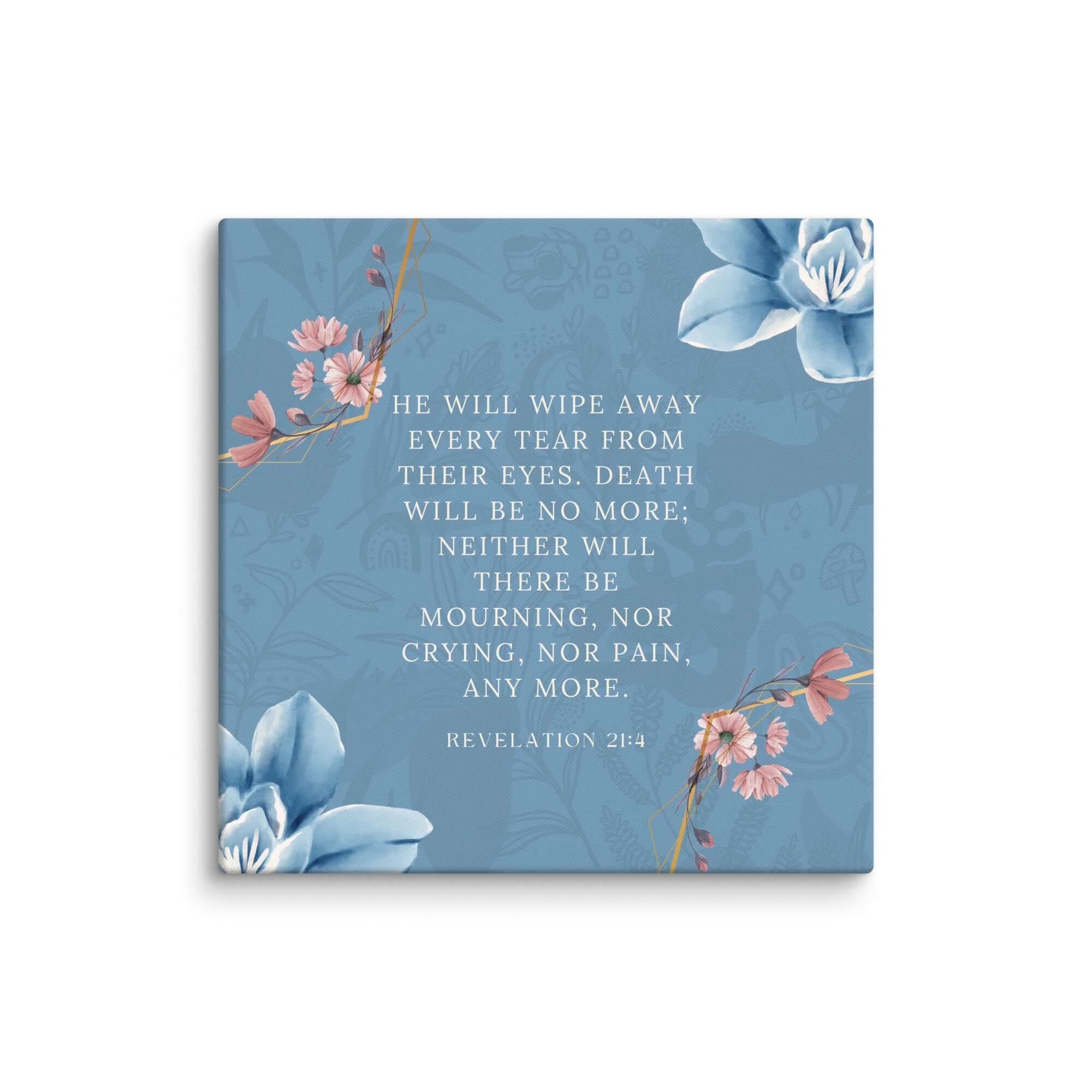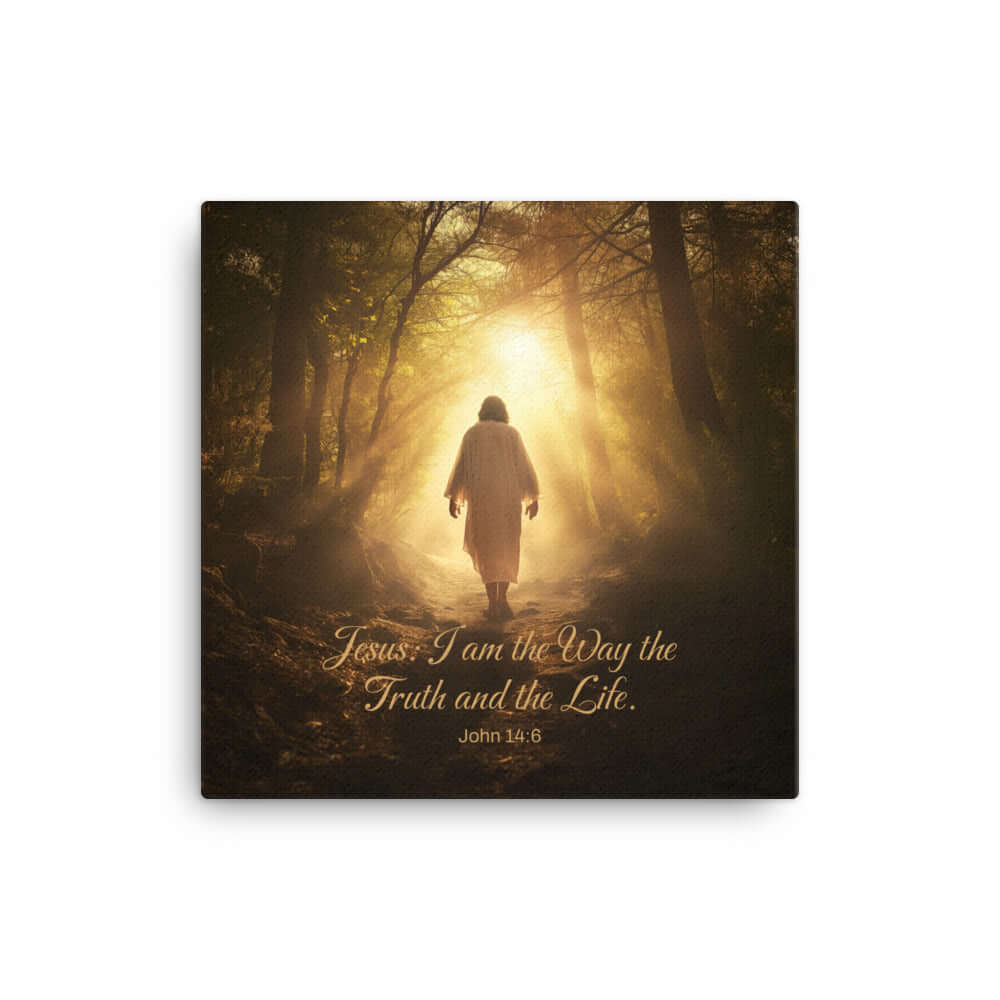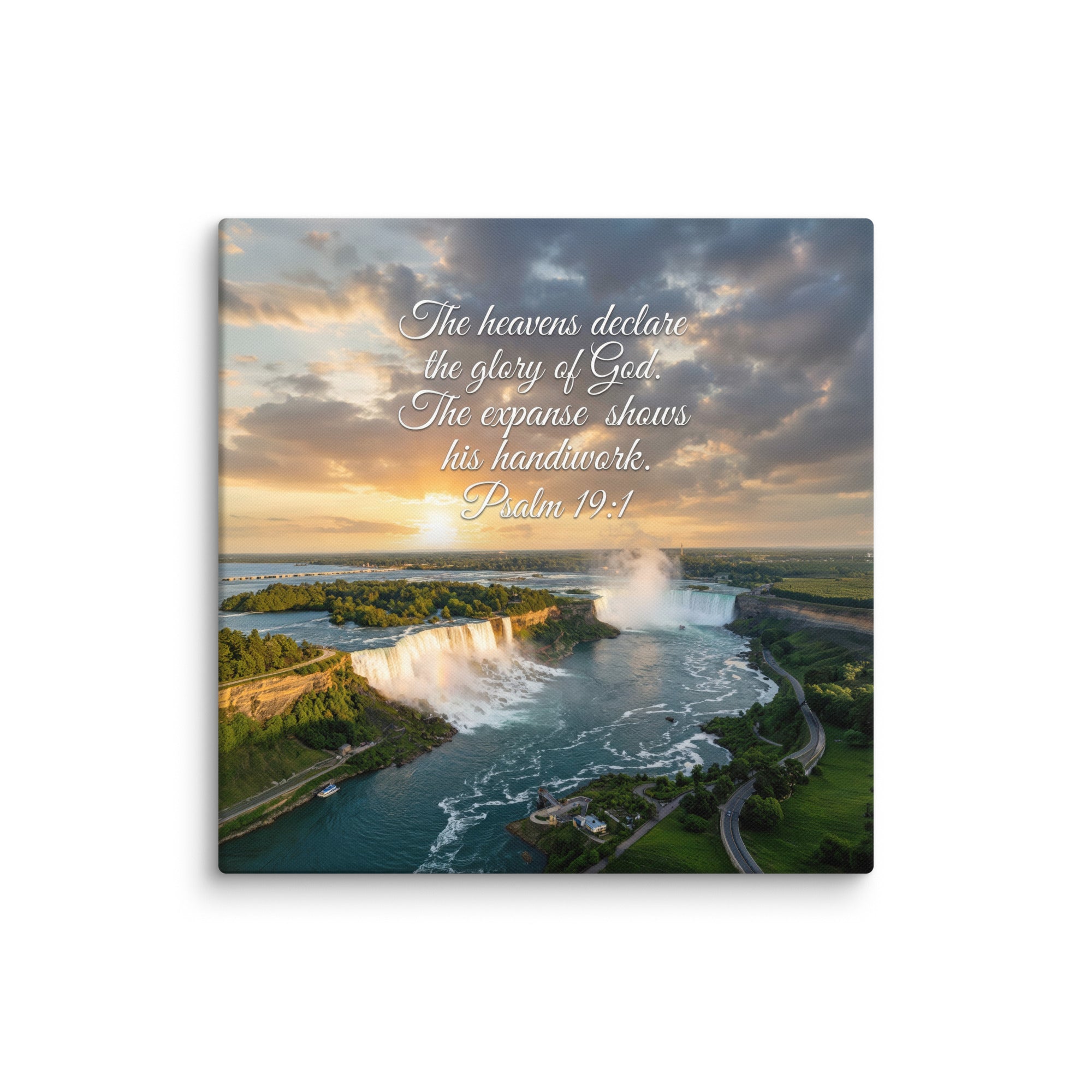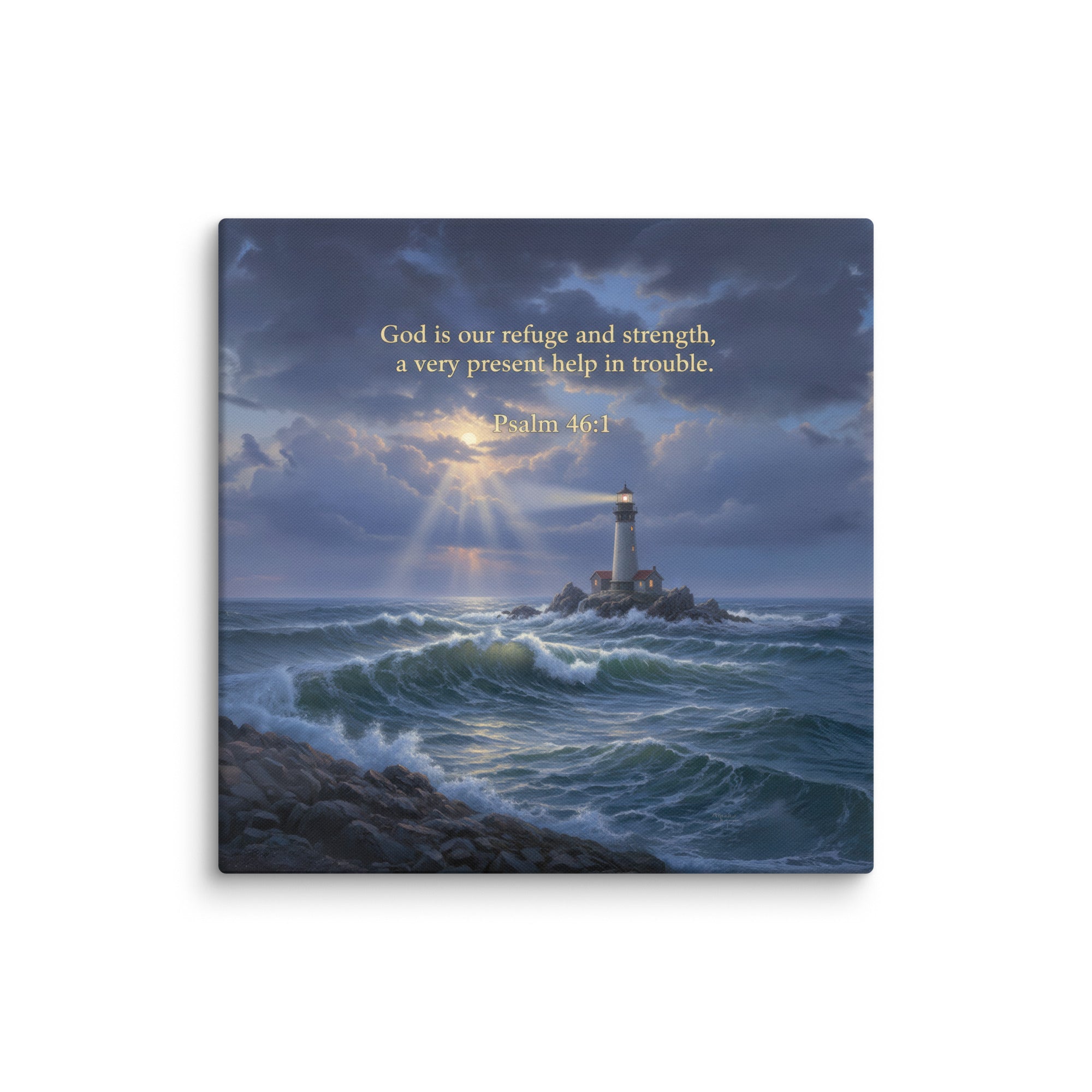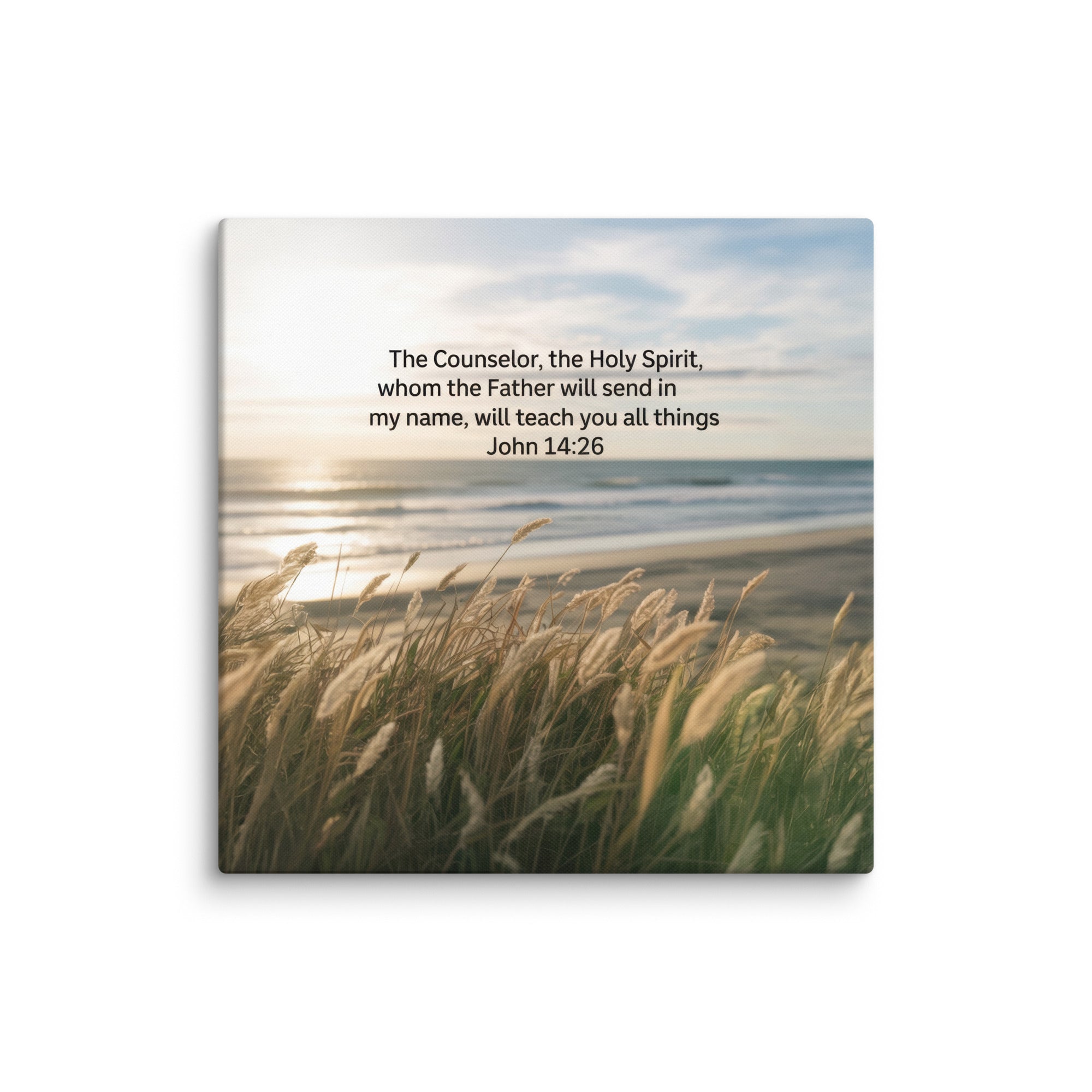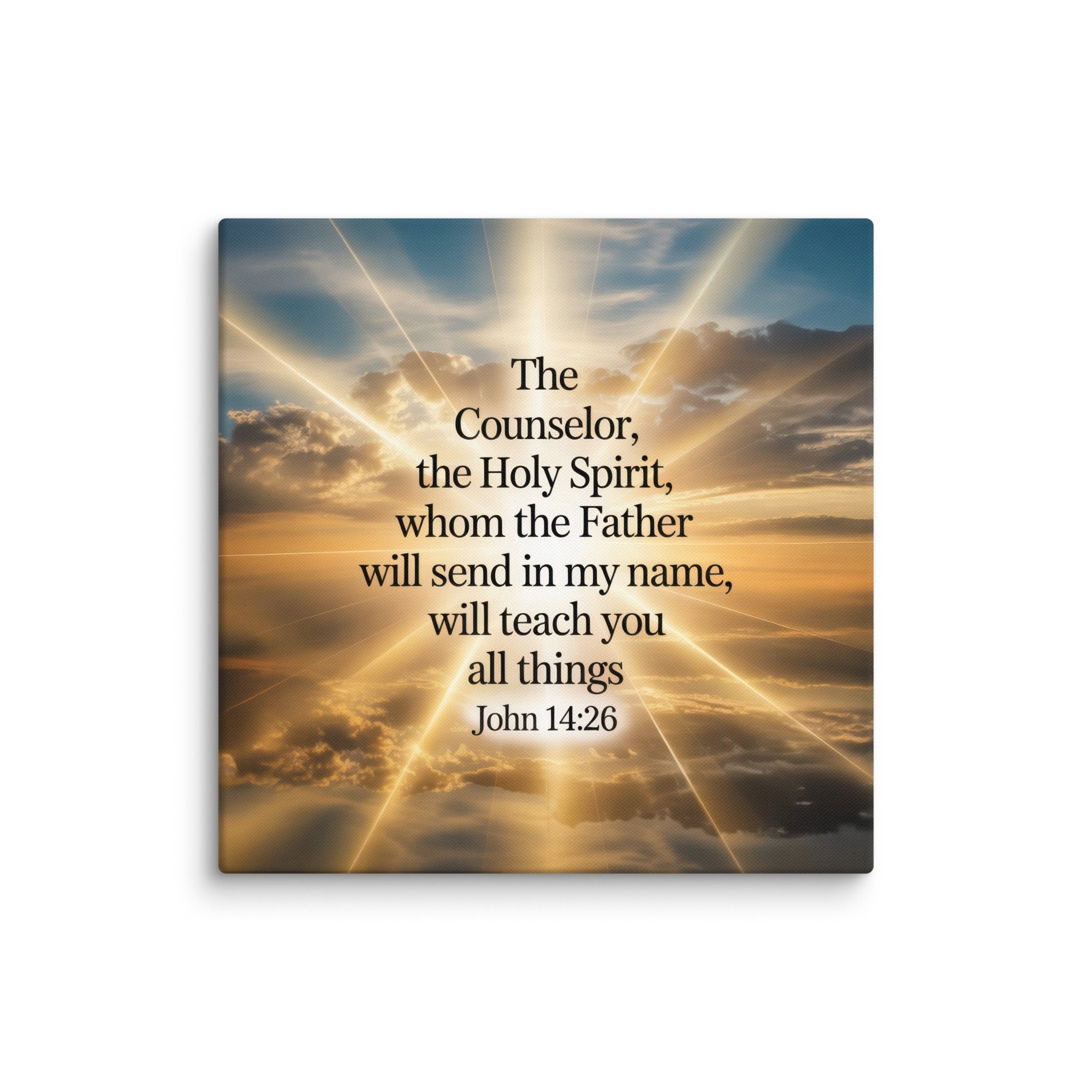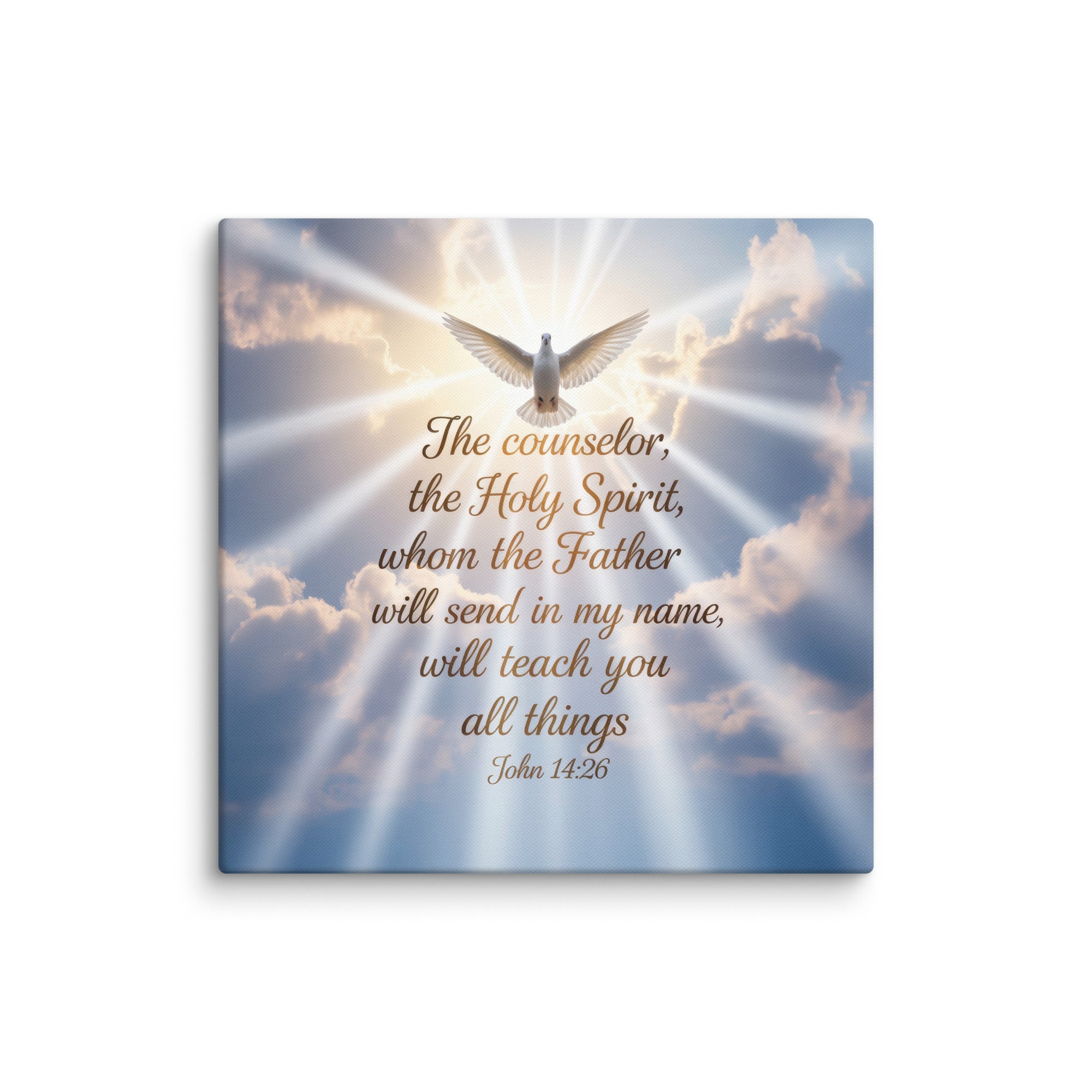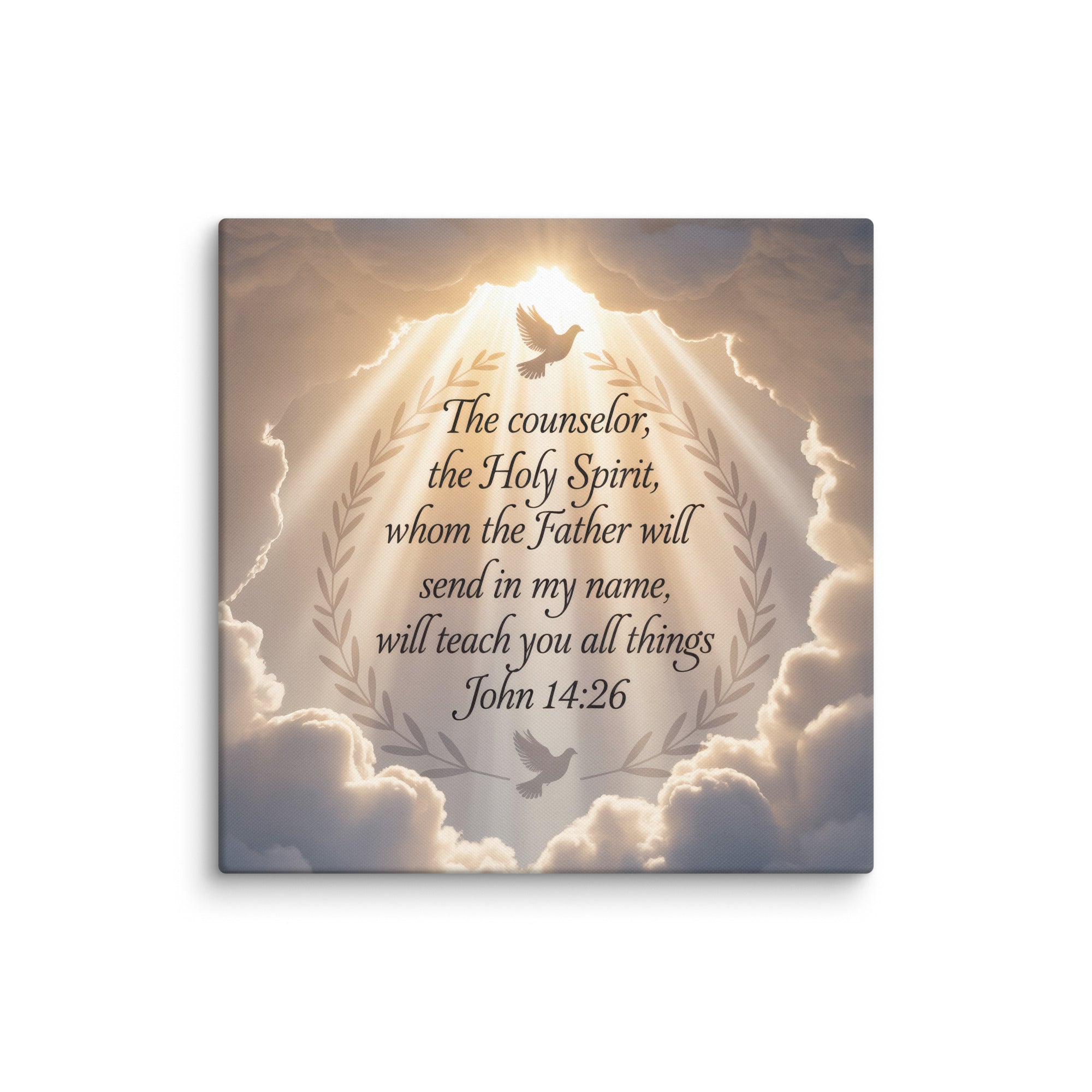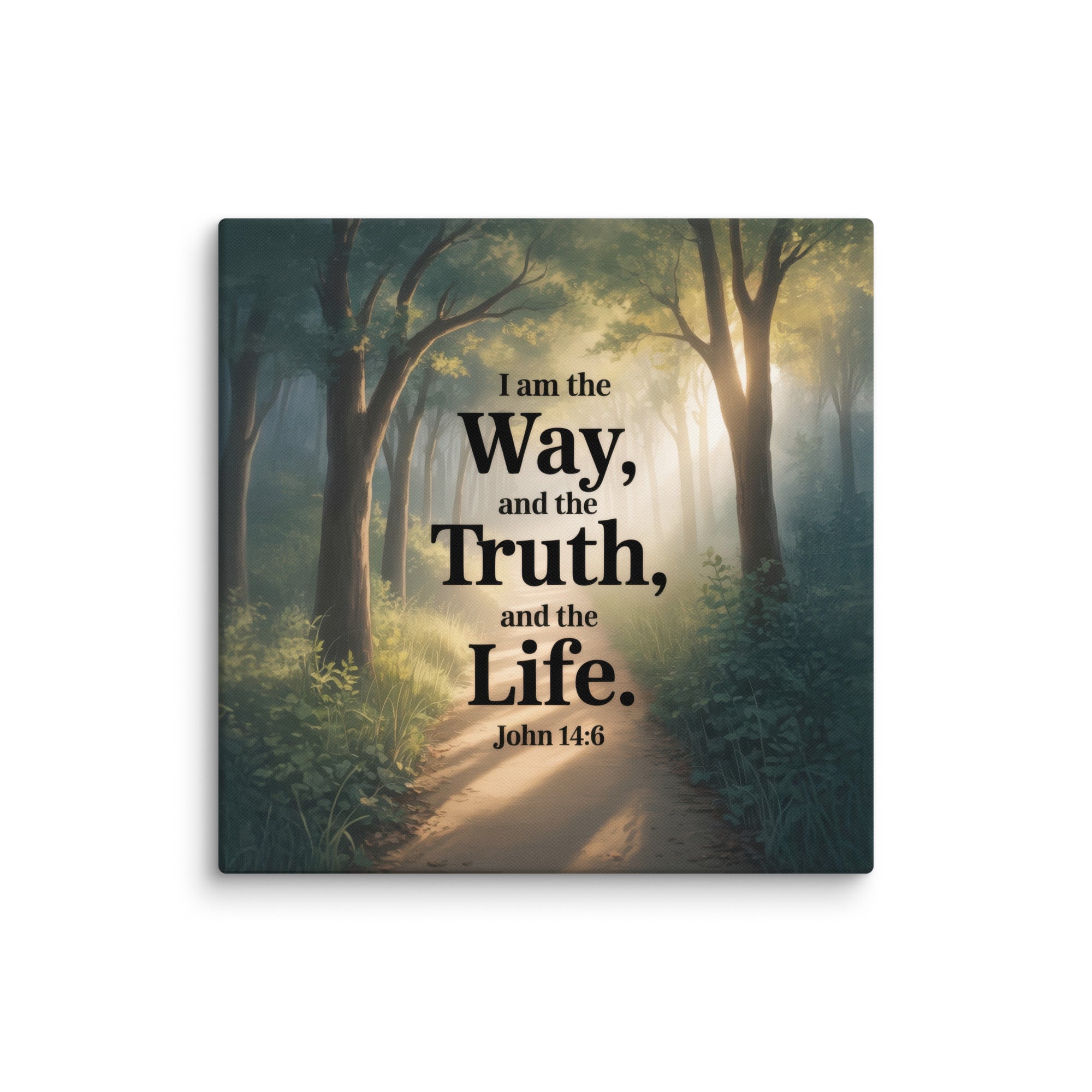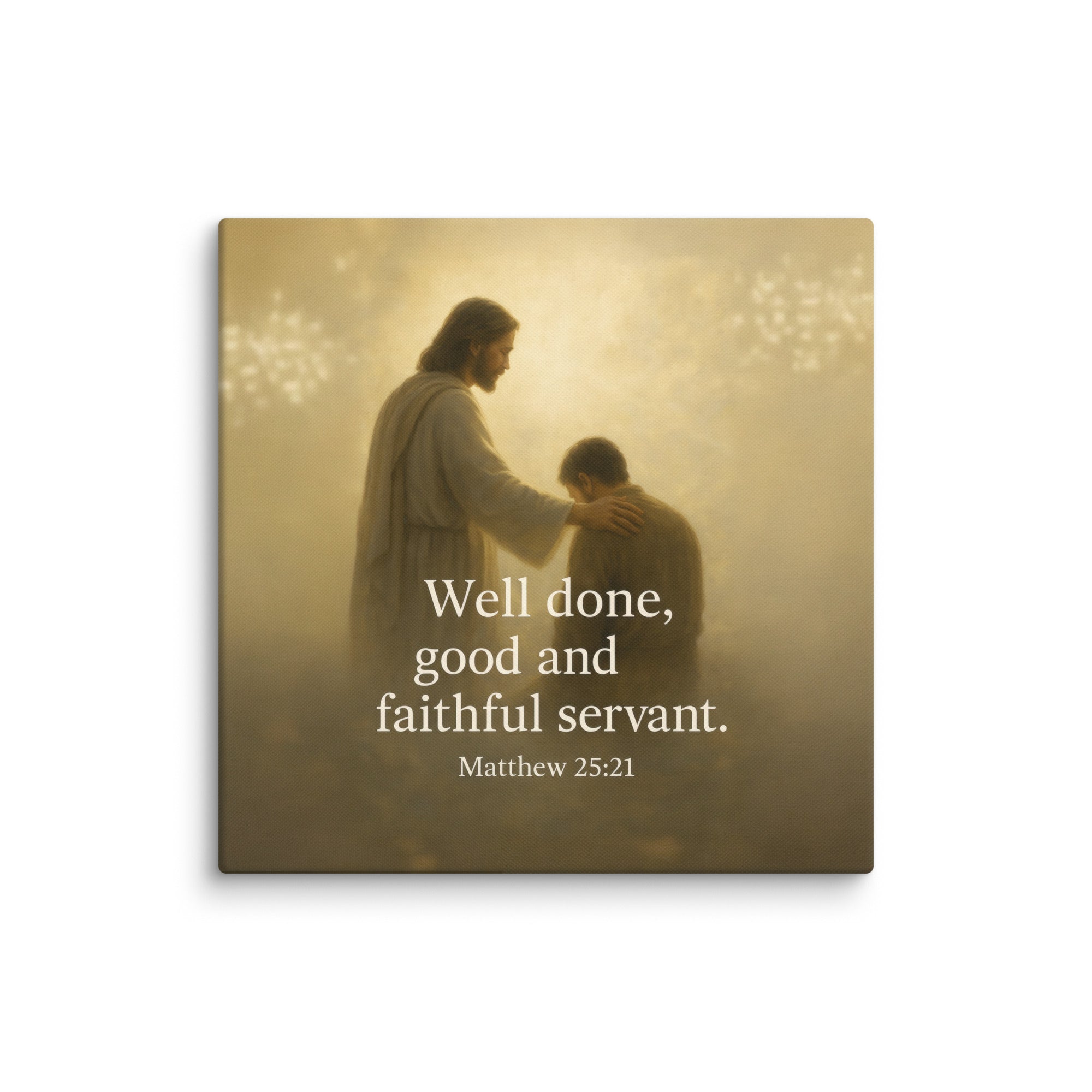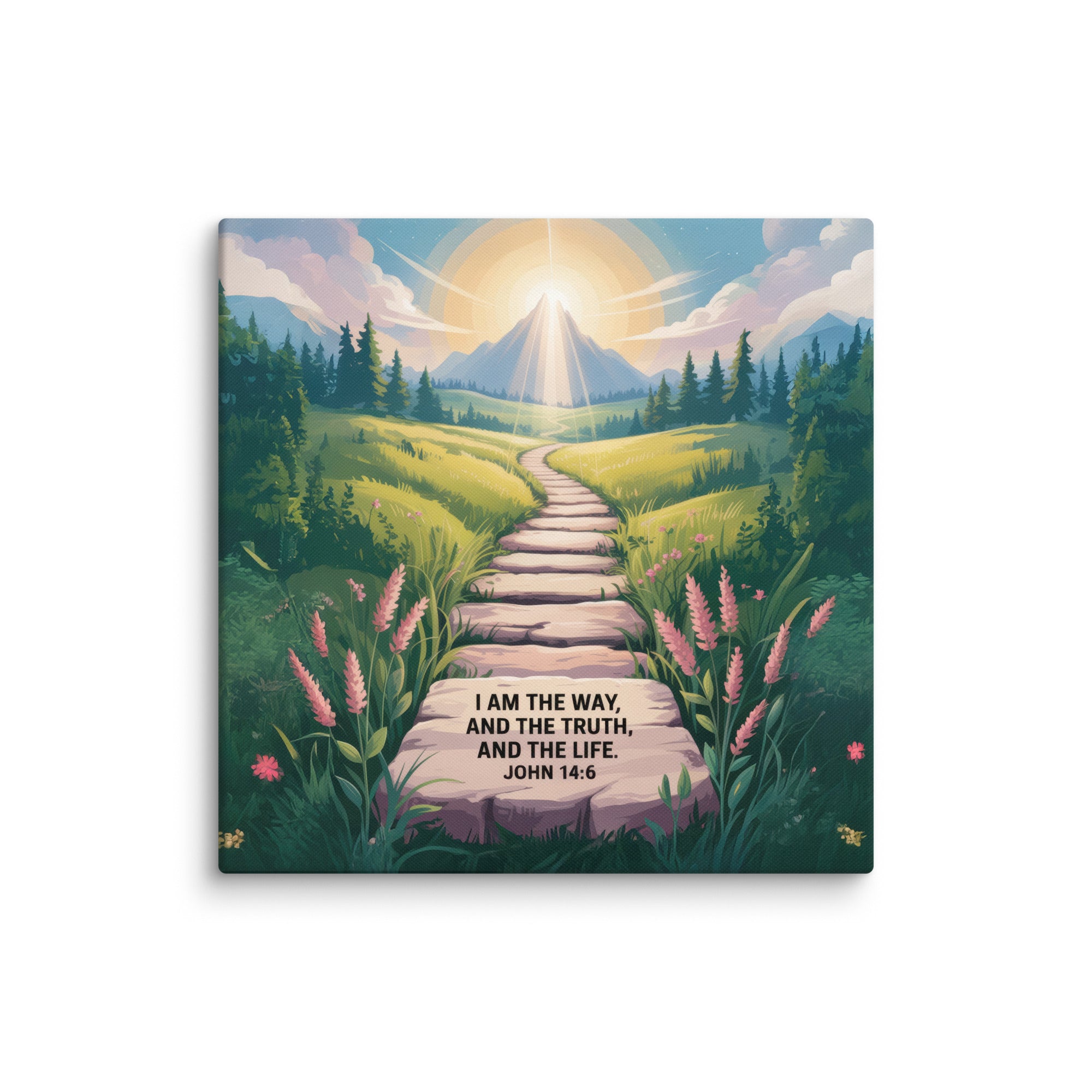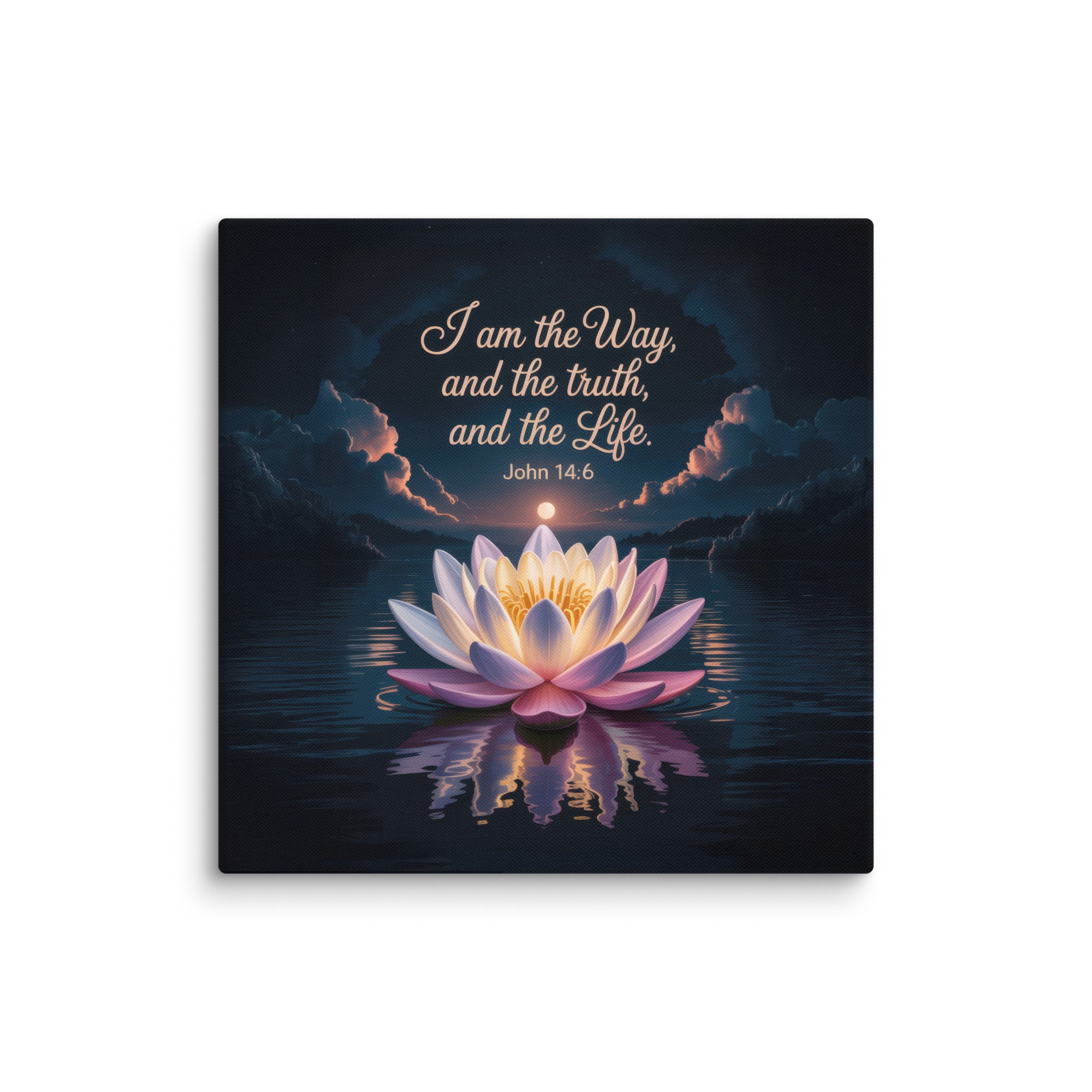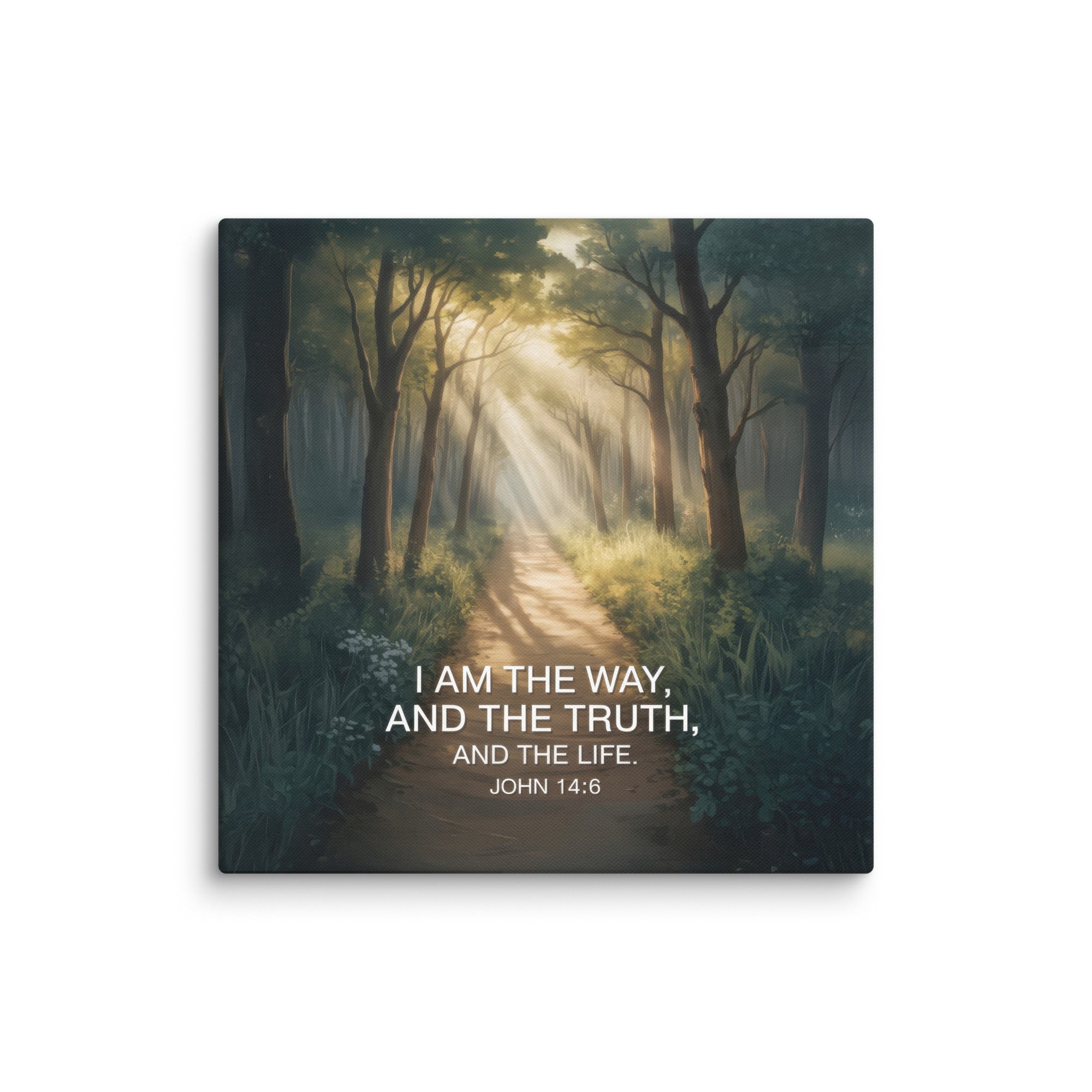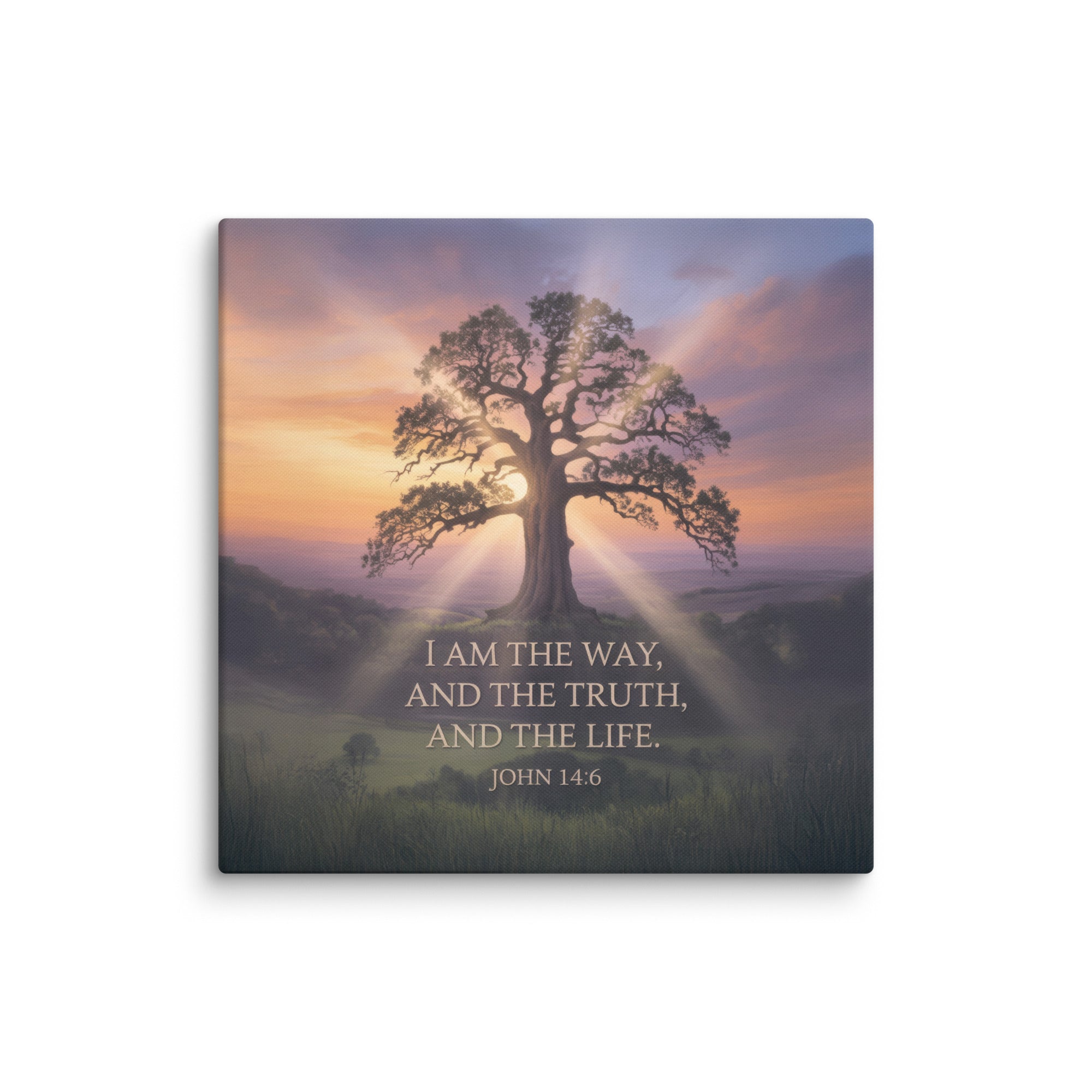Give and it shall be given unto you shows how generosity shapes the heart and reflects God’s goodness. Live with open hands and trust His promise of blessing.
Genesis 1 is one of the most well-known chapters in the Bible. It serves as the foundation of the Christian understanding of God as the Creator. This chapter paints a picture of how the universe came into being and introduces themes of order, purpose, and divine authority. Genesis 1 lays the groundwork for the rest of Scripture and provides a profound sense of awe and wonder about the origins of life and the world.
The Days of Creation
Genesis 1's structure is orderly. It describes creation over six days, followed by a day of rest. Each day reveals a different aspect of God's creative work, showcasing His power and intentionality.
Day 1: Light and Darkness (Genesis 1:3-5)
God's first act is to create light, separating it from darkness. This division marks the beginning of time, with the day and night cycle.
- Key Verse: “God said, ‘Let there be light,’ and there was light.” (Genesis 1:3)
- Significance: Light symbolizes life, truth, and God's presence. It sets the tone for the ordered creation that follows.
Day 2: Sky and Waters (Genesis 1:6-8)
God creates the expanse, separating the waters above from the waters below, forming the sky.
- Key Verse: “God called the expanse ‘sky.’ And there was evening, and there was morning—the second day.” (Genesis 1:8)
- Significance: This act establishes the framework for weather, seasons, and the atmosphere, essential for sustaining life.
Day 3: Land, Seas, and Vegetation (Genesis 1:9-13)
On the third day, God gathers the waters, creating dry land and seas. He also brings forth vegetation—plants, trees, and seeds.
- Key Verse: “The land produced vegetation: plants bearing seed according to their kinds and trees bearing fruit with seed in it according to their kinds.” (Genesis 1:12)
- Significance: The introduction of plant life is crucial for the sustenance of animals and humans who will come later.
Day 4: Sun, Moon, and Stars (Genesis 1:14-19)
God places celestial bodies in the sky to govern day and night and to mark seasons, days, and years.
- Key Verse: “God made two great lights—the greater light to govern the day and the lesser light to govern the night.” (Genesis 1:16)
- Significance: These lights provide order, enabling timekeeping and navigation, emphasizing God's control over time and space.
Day 5: Birds and Sea Creatures (Genesis 1:20-23)
God fills the skies with birds and the seas with fish and other creatures, blessing them to multiply.
- Key Verse: “God blessed them and said, ‘Be fruitful and increase in number and fill the water in the seas, and let the birds increase on the earth.’” (Genesis 1:22)
- Significance: This day highlights the diversity and beauty of life in the air and sea.
Day 6: Land Animals and Humanity (Genesis 1:24-31)
God creates animals to inhabit the land and culminates His creation with mankind, made in His image.
- Key Verse: “So God created mankind in his own image, in the image of God he created them; male and female he created them.” (Genesis 1:27)
- Significance: Humanity’s creation reflects God’s relational and moral nature, setting humans apart with the responsibility to steward the earth.
Day 7: Rest (Genesis 2:1-3)
God rests from His creative work, blessing the seventh day and making it holy.
- Key Verse: “Then God blessed the seventh day and made it holy, because on it he rested from all the work of creating that he had done.” (Genesis 2:3)
- Significance: This day introduces the concept of the Sabbath, a time for rest and reflection on God’s goodness.
Themes in Genesis 1
Genesis 1 is rich with themes that resonate throughout the Bible and Christian theology:
- God’s Sovereignty: The chapter emphasizes God’s supreme power. His words alone bring everything into existence.
- Order from Chaos: The transformation from formlessness to a structured world reflects God’s ability to bring order to any situation.
- Human Purpose: Being made in God’s image gives humanity dignity, value, and a purpose to care for creation.
- Goodness of Creation: Each creation step is pronounced “good,” underscoring the inherent value of God’s work.
Key Takeaways
- God as Creator: The chapter affirms that God is the ultimate source of life and existence.
- Creation’s Design: The order and intricacy of creation point to a purposeful and loving Creator.
- Our Role: Humanity is tasked with stewardship, reflecting God’s character by caring for the earth.
| Creation Day | What Was Created | Purpose/Significance |
|---|---|---|
| Day 1 | Light | Separates darkness; introduces time. |
| Day 2 | Sky | Prepares the environment for weather and life. |
| Day 3 | Land, Seas, Vegetation | Provides food and structure for future life. |
| Day 4 | Sun, Moon, Stars | Governs time; marks seasons and days. |
| Day 5 | Birds, Sea Creatures | Fills the sky and seas with life. |
| Day 6 | Land Animals, Humanity | Completes creation; assigns humans stewardship. |
| Day 7 | Rest | Establishes Sabbath; reflects on God’s goodness. |
Genesis 1 is more than a historical account. It reminds us of God’s greatness, the beauty of creation, and our responsibility as stewards of His world. This chapter invites us to marvel at the Creator and find purpose in His design.





